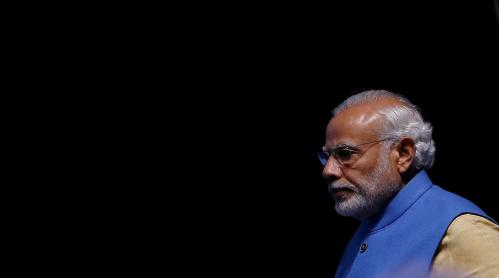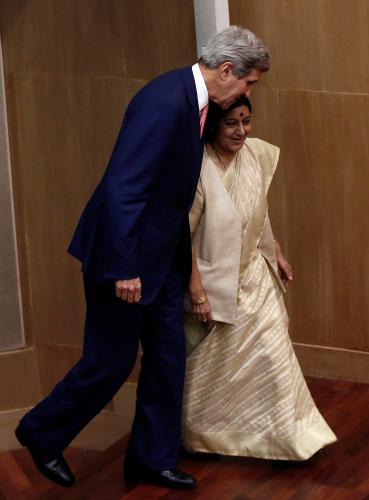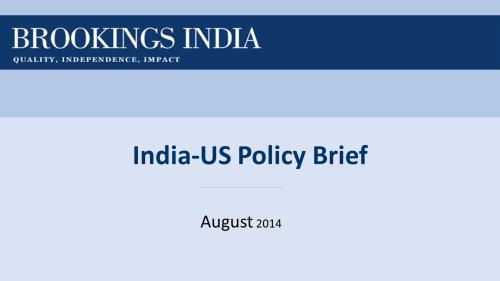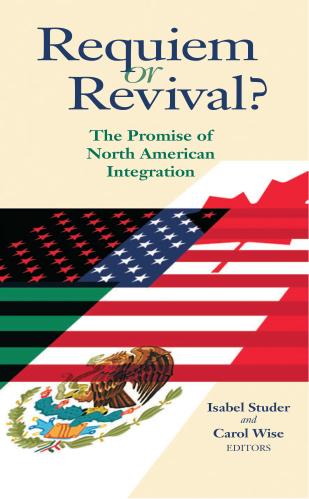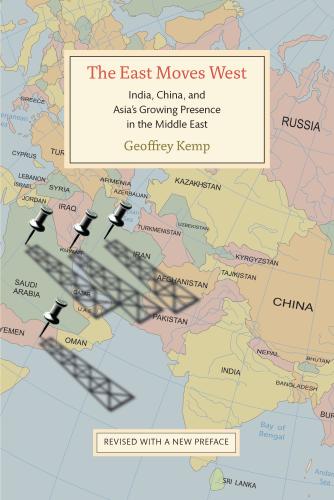Content from the Brookings Institution India Center is now archived. After seven years of an impactful partnership, as of September 11, 2020, Brookings India is now the Centre for Social and Economic Progress, an independent public policy institution based in India.
This memo is part of the Brookings India publication, India-U.S. Relations in Transition. The views are those of the author(s). Brookings India does not hold any institutional views.
The U.S.-India economic relationship remains under potential and it is unlikely that any significant progress will be made during the remainder of the Obama administration.
India is the world’s ninth largest economy but only the 18th largest export market for U.S. goods, behind Switzerland and the United Arab Emirates. This stands in contrast to progress across other areas of the U.S.-India relationship over the last decade. Moreover, the absence of Indian participation in the so-called mega-regional trade agreements (the Trans-Pacific Partnership Agreement (TPP), the Transatlantic Trade and Investment Partnership (TTIP) negotiations and the Trade in Services Agreement (TiSA) negotiations) that have been the focus for U.S. trade policy during the Obama administration will leave India worse off, diverting trade from India and making integration into global supply chains even more difficult.
Expanding the bilateral economic relationship and developing mechanisms to minimize the negative impact on India from its absence in these mega-regional FTAs should be a focus for the U.S. and India. Since independence from the British, India has been a relatively minor player in the international economy, reflecting India’s orientation that placed a premium on developing domestic means of production. While one of the original parties to the General Agreement on Tariffs and Trade (GATT) 1948, India’s record in multilateral trade negotiations has largely been obstructionist, and its FTAs have reflected low levels of
ambition.
While India has been discarding non-alignment as an organizing foreign policy principle, its approach to trade has not fundamentally evolved. This is despite the aim of Prime Minister Narendra Modi’s ‘Make in India’ program to increase India’s participation in global value chains – all of which presuppose increased levels of trade and foreign investment.
The U.S.-India economic relationship has also been riddled with challenges. The United States has had a range of market access issues as well as specific concerns over Indian protection of intellectual property rights. For India, greater access for its people to work in the U.S. market has been a key objective.
The U.S. and Indian governments are seeking to deepen economic cooperation in areas such as standards and services trade, however, there is little progress so far. Moreover, India’s traditional defensiveness in trade negotiations has resulted in little appetite within the U.S. administration, Congress, and amongst business constituents to include India in the new mega-regional trade negotiations – particularly as India would be unable to meet the high standards being sought in these agreements. It also means that even less ambitious steps to grow the bilateral economic relationship have only tepid levels of support.
The failure to expand the bilateral economic relationship and the possible narrowing of India’s global economic horizons due to its absence from the mega-regional FTAs is of concern. This is not only due to potential missed opportunities for growth and prosperity, but it will ultimately also undermine the United States’ broader aim for India to play a greater leadership role in its region.
The following recommendations are aimed at expanding the bilateral economic relationship and at supporting India’s broader integration into the global economy.
- India is interested in joining the Asia-Pacific Economic Cooperation (APEC) forum and Obama during his visit to India in 2015 expressed support for this goal. As a non-binding economic forum, APEC would give India an opportunity to experiment with forms of trade liberalization and to familiarize itself with best-practices on economic integration in areas such as standards. APEC could also help India learn about the TPP – connecting APEC members’ experiences with India’s economic reforms. Obama should reaffirm his support for India’s membership in APEC and work with India and other APEC economies to make this a reality.
- Access for Indian workers to the U.S. economy has been a key Indian trade goal. It has informed India’s negotiating position at the WTO and more recently, India has sought WTO consultations with the United States which have so far failed to resolve the issues, likely leading India to seek WTO dispute settlement, alleging the discriminatory treatment of India in terms of visa fees and the allocation of non-immigrant visas. The U.S. should consider establishing a regular bilateral dialogue with India on these issues.
- The United States is the world leader in services exports and runs a growing surplus in services trade. India also has an increasingly sophisticated services sector which supports a services trade surplus with the United States, worth almost $5.8 billion in 2015. For instance, India is the largest exporter of computer and data processing services to the United States and India-based Tata Consultancy Services is the world’s largest computer services firm. Yet India is not a party to the TiSA, which following its completion will result in Indian services exporters facing less favourable market access in key markets such as the United States, European Union, and Japan. The United States and India should establish a working group aimed at preparing India for eventual membership in TiSA, including consideration of the feasibility of a bilateral services agreement.
The Brookings Institution is committed to quality, independence, and impact.
We are supported by a diverse array of funders. In line with our values and policies, each Brookings publication represents the sole views of its author(s).

